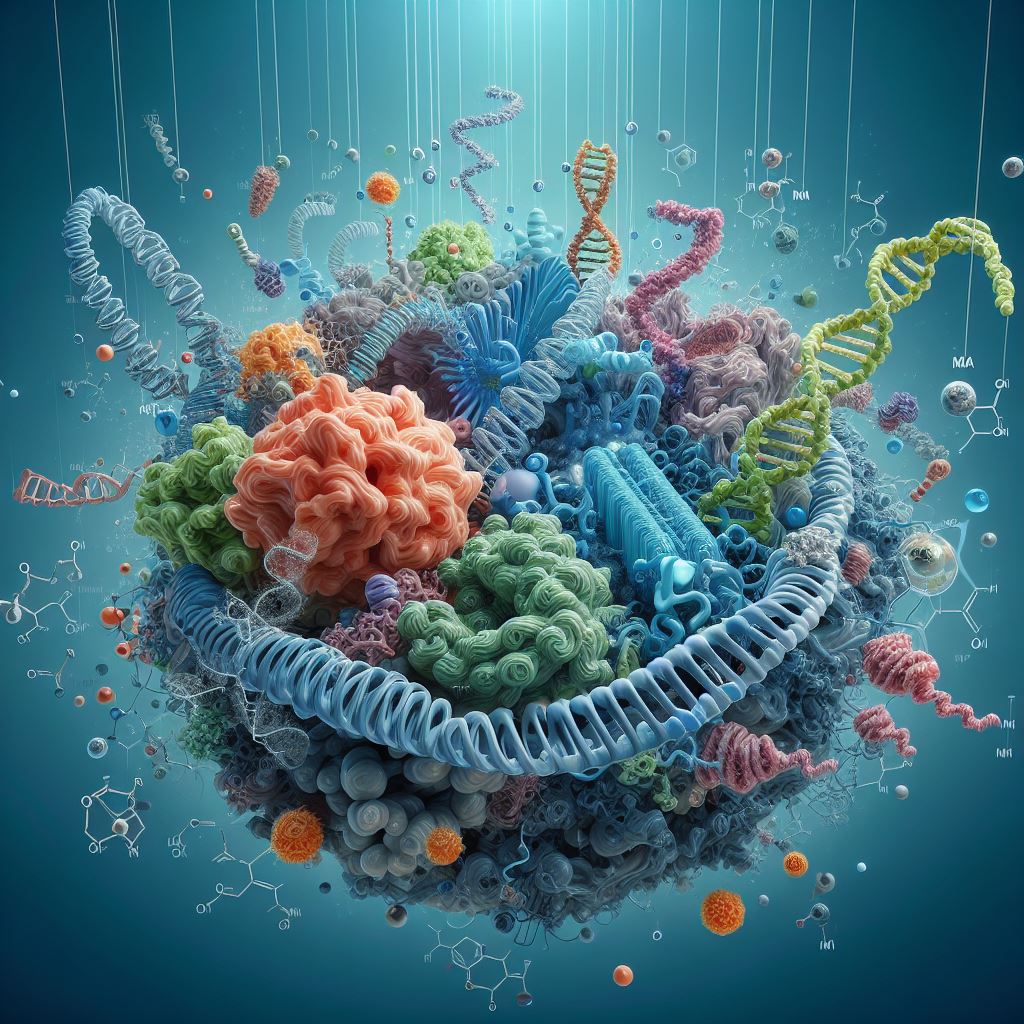Researchers at Johannes Gutenberg University Mainz (JGU) have discovered a mechanism that contributes to mitochondrial failure in Alzheimer’s patients, which lowers the brain’s energy supply. “This effect is due to an RNA modification that was not previously reported,” JGU Institute of Pharmaceutical and Biomedical Sciences Professor Kristina Friedland remarked. Together with her colleague Professor Mark Helm, she oversaw the relevant study. Their findings advance our knowledge of the pathogenesis of Alzheimer’s disease. Groups from the Institute of Molecular Biology (IMB), Université de Lorraine, Mainz University Medical Centre, and Medical University of Vienna were also engaged in the research. Molecular Psychiatry has published the corresponding study.
The organelles found inside cells called mitochondria, also known as the “powerhouse of the cell,” are in responsible for supplying energy to the entire body, but mostly to the brain. The brain depends on the mitochondria’s glucose metabolism for 95% of its energy. It has long been recognised that impairments in glucose metabolism mark the early stages of Alzheimer’s disease. The accumulation of amyloid-beta and aging-related mitochondrial dysfunction are the causes of this impairment.
The respiratory chain, a series of chemical events, produces adenosine triphosphate (ATP), a source of energy, in the inner mitochondrial membrane. Over a thousand proteins are transferred from the cellular nucleus to the mitochondria during this process. However, the mitochondria themselves can also synthesis some proteins. Professor Kristina Friedland clarified, “One of these is ND5, a component of complex I of the respiratory chain. Complex I receives electrons from a material known as NADH, and then transfers those electrons to ubiquinone to produce ubiquinol. Four proteins are pushed into the intermembrane gap during this procedure from the matrix. In this regard, ND5 is crucial, and mutations in the gene that codes for this subunit’s mitochondria can cause major mitochondrial diseases like Leigh syndrome.
The ability of the mRNA that codes for the production of this protein to be methylated has already been shown. The genetic material in body cells is carried by mRNA, which also works with tRNA to translate the genetic material into proteins. When mRNA is methylated, its chemical structure is altered, making it unable to associate with tRNA as it should.
The synthesis process is undermined and fewer proteins of the subunit ND5, which is of central relevance to complex I, are formed because the whole process commences with the respiratory chain.
Professor Kristina Friedland
Also Read| Researchers created artificial cells that mimic the original cells
Teams led by Friedland and Helm at Mainz University’s Institute of Pharmaceutical and Biomedical Sciences were able to demonstrate that the methylation and consequent suppression of ND5 are caused by an enzyme known as TRMT10C. In an appropriate cell model and in Alzheimer’s patients’ brains, the researchers saw a reduction of the ND5 subunit proteins’ production.
Source: Johannes Gutenberg University Mainz (JGU) Press Release
Journal Reference: Jörg, Marko, et al. “N1-methylation of Adenosine (M1A) in ND5 MRNA Leads to Complex I Dysfunction in Alzheimer’S Disease.” Molecular Psychiatry, 2024, pp. 1-13, https://doi.org/10.1038/s41380-024-02421-y.
Last Modified:





